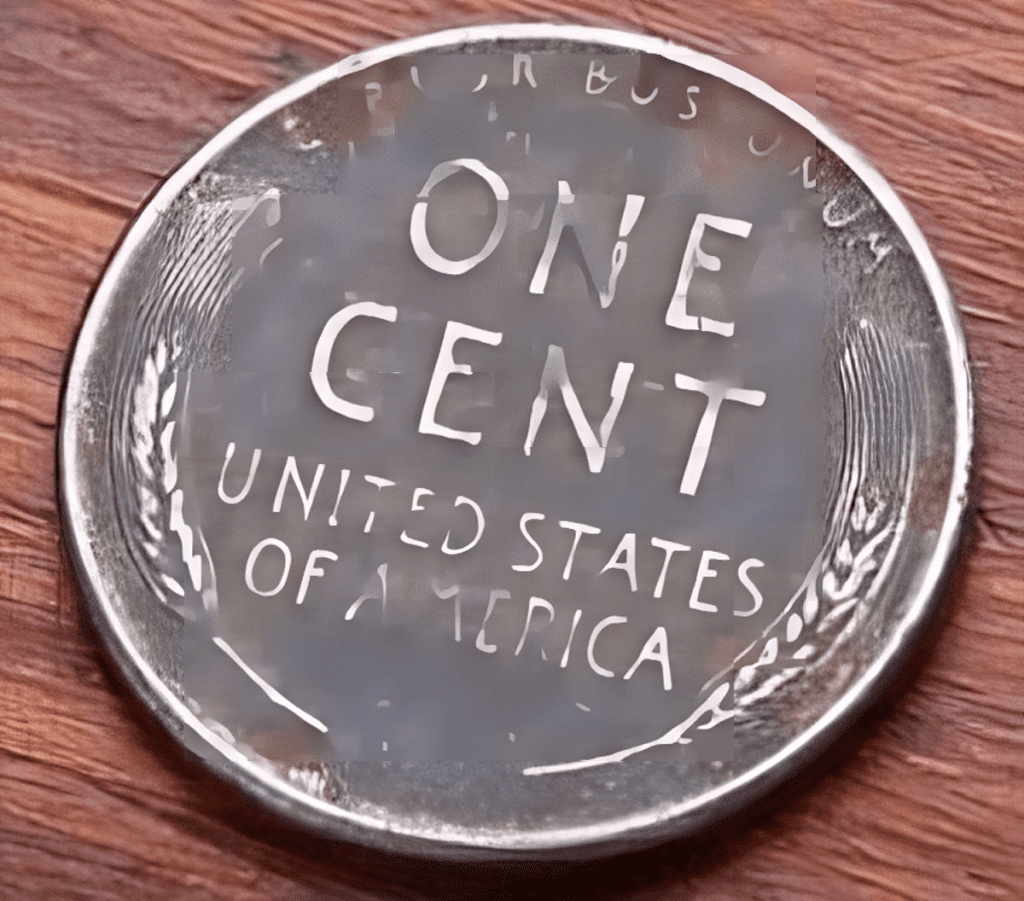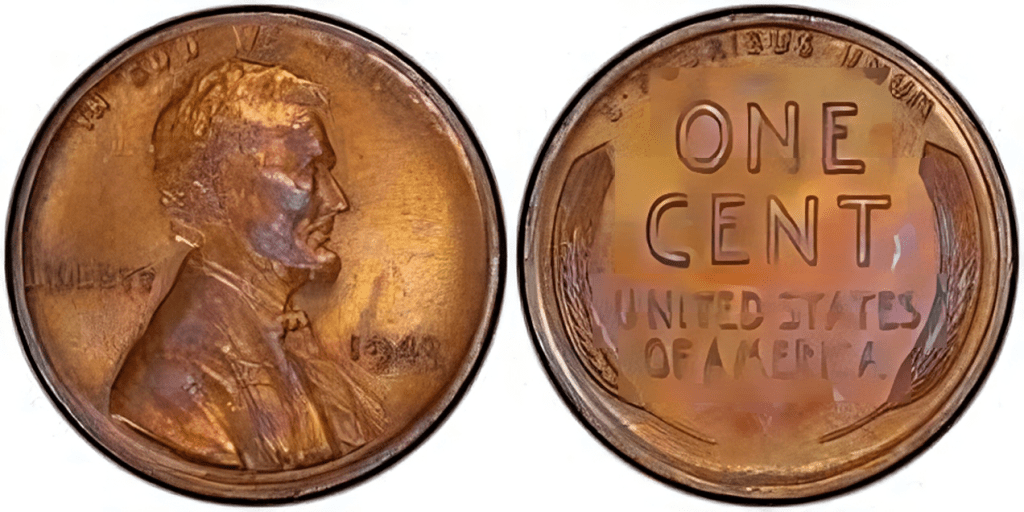You might be surprised to learn that a seemingly ordinary penny could be worth a small fortune. The 1943 copper wheat penny, a rare coin minted during World War II, has been making headlines recently for its potential to fetch a whopping $85,000! But is this hype real, or just another internet rumor? Let’s dive into the world of coin collecting and uncover the truth behind this valuable penny.
During World War II, copper was a valuable resource needed for the war effort. To conserve copper, the U.S. Mint switched to making pennies out of steel, which were then zinc-plated to prevent rust. However, a few copper blanks somehow made their way into the minting process in 1943. This rare occurrence resulted in a small number of 1943 copper wheat pennies being minted, making them highly sought after by collectors today.

The 1943 copper wheat penny is valuable for several reasons:
- Rarity: The limited number of these coins minted makes them incredibly rare.
- Historical Significance: The 1943 copper wheat penny represents a unique moment in American history, when the country was facing a major war and had to make adjustments to its currency.
- Collector Demand: Coin collectors are eager to get their hands on this rare and historically significant coin, driving up its value.
The value of a 1943 copper wheat penny depends on its condition. A mint-condition coin could fetch upwards of $85,000, while a coin in lesser condition might still sell for tens of thousands of dollars.
The condition of a coin is crucial to its value. A coin in mint condition is one that has never been circulated and shows no signs of wear or damage. Coins in lesser condition will have lower values, depending on the extent of wear and tear.
With the rise in popularity of the 1943 copper wheat penny, counterfeit copies have also emerged. Some fraudsters will try to pass off a 1948 copper penny as a 1943 penny by filing down the left side of the number 8. Others will coat a steel penny with copper to make it look like the real deal.

To avoid falling victim to counterfeit coins, it’s important to know how to spot a genuine 1943 copper wheat penny. Here are a few tips:
- Use a magnet: A genuine 1943 copper wheat penny will not stick to a magnet, while a steel penny with copper plating will.
- Examine the date: Look for a clear and well-defined date of 1943.
- Check for wear and tear: A genuine 1943 copper wheat penny in mint condition will show no signs of wear or damage.
The 1943 copper wheat penny is a fascinating piece of American history and a testament to the power of rarity and collector demand. While finding one of these valuable coins might seem like a long shot, it’s always worth taking a closer look at your change, you never know what you might find!


